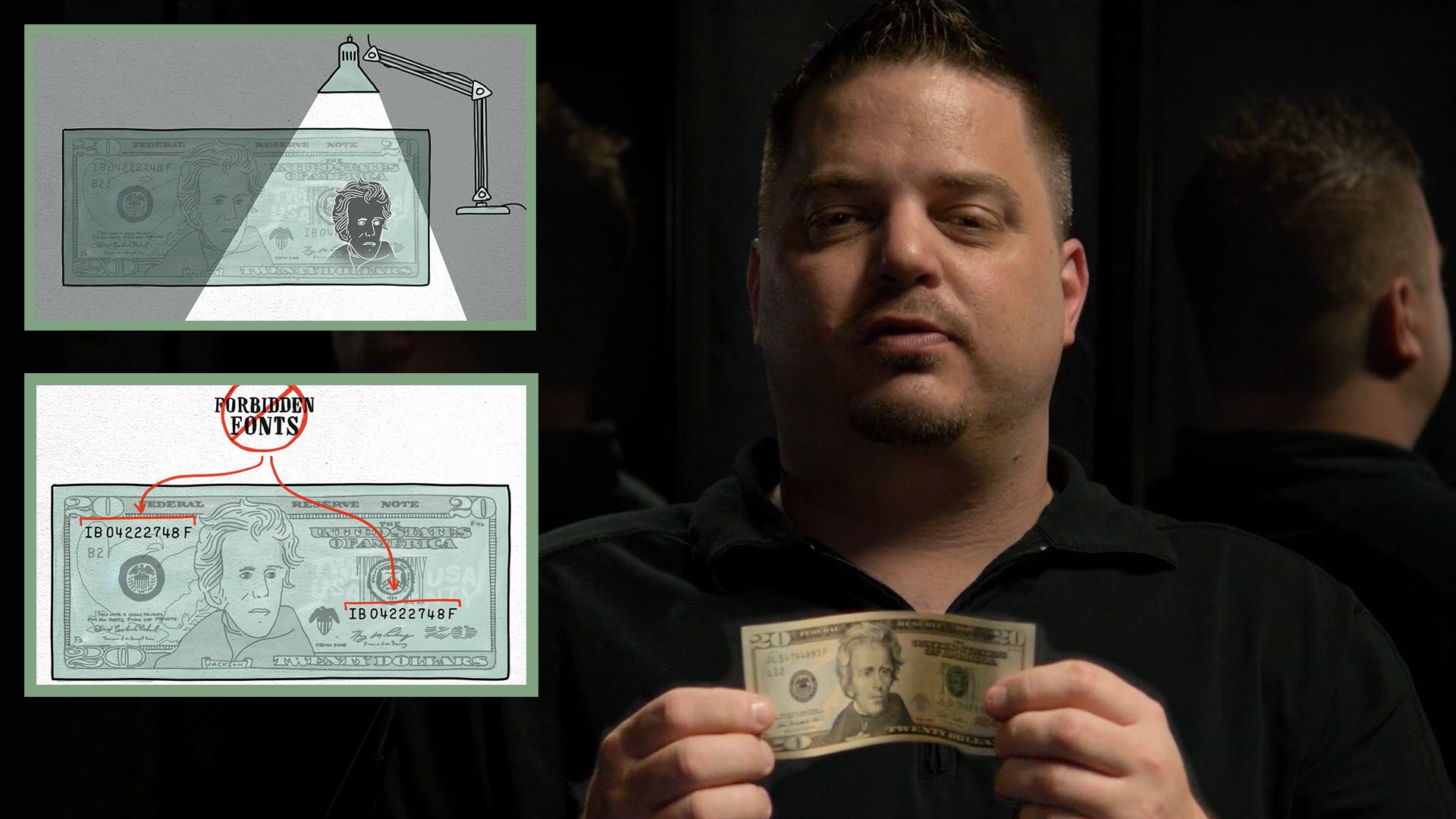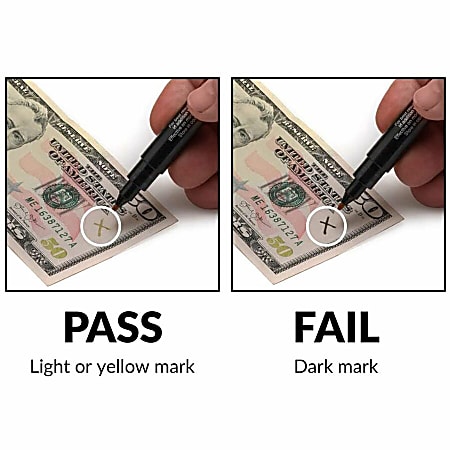Discovering Legitimate Channels to Acquisition copyright Money offer for sale
Discovering Legitimate Channels to Acquisition copyright Money offer for sale
Blog Article
Check Out the Usages of Imitation Cash in Artistic Creations and Theatrical Performances
copyright money, frequently synonymous with deception and outrage, holds a peculiar appeal when it locates its way into the realm of artistic creations and theatrical performances. As we dig right into the multifaceted usages of phony money in these creative domains, we begin to reveal a world where credibility and imitation blur, motivating us to examine the very nature of worth and representation within art and performance.

Historic Relevance of copyright in Art
The historical value of funny money in art is a complicated and fascinating topic that drops light on the junction of creative thinking, subversion, and socio-political commentary. Throughout background, musicians have made use of phony cash as a device for challenging social norms, examining the worth of currency, and making powerful declarations regarding riches and power.
One of one of the most significant examples of funny money in art days back to the Dada movement of the very early 20th century - copyright money for sale. Artists such as Marcel Duchamp and Hannah Höch included phony currency right into their works to slam the capitalist system and explore the concept of value in a rapidly changing world
In addition, during times of economic instability or political upheaval, imitation cash has actually been utilized by artists as a form of objection or rebellion. By creating and distributing copyright, musicians have been able to interfere with the status, difficulty authority, and provoke crucial conversations concerning the function of cash in society.
Effect of copyright on Visual Arts
By incorporating copyright into their works, musicians provoke conversations on the nature of worth, credibility, and societal understandings of wealth. The usage of phony cash in art additionally elevates honest considerations concerning the boundaries of imaginative expression and the effects of reproducing lawful tender. Overall, the effect of copyright money on aesthetic arts is multifaceted, stimulating important reflections on the junction of cash, art, and social worths.
Importance and Definition in Theatrical Imitation Displays
Using theatrical copyright screens, musicians utilize symbolic representations to communicate deeper definitions and evoke provocative analyses within the realm of performance art. With the unification of copyright in theatrical productions, creators can discover themes such as greed, power, corruption, and the illusion of riches. The usage of phony currency on phase can offer as a metaphor for social concerns, economic variations, and the delicacy of financial systems.
In theatrical performances, the symbolic worth of funny money expands past its financial well worth. It can represent the deceptive nature of looks, the pursuit of materialistic desires, and here the effects of dishonest behavior. By utilizing funny money as a prop, artists can test target markets to examine real significance of riches and the honest limits that individuals might go across in its quest.
Honest Factors To Consider being used copyright Cash for Art

One significant moral factor to consider is the possible lawful effects of making use of phony cash in art. Counterfeiting currency is illegal in the majority of nations and can cause serious repercussions for musicians who knowingly integrate imitation costs into their work. copyright money for sale. This not only places the musician at risk however additionally questions regarding promoting unlawful activities with art
In addition, there is an ethical problem regarding the credibility of the art work itself. Utilizing phony cash blurs the line in between truth and replica, potentially deceiving visitors and compromising the stability of the creative item. Musicians need to consider whether the use of funny money aligns with their worths and imaginative objectives, considering the prospective effect on their online reputation and credibility.
Future Trends in copyright Money Assimilation
Taking into consideration the developing landscape of artistic expression, the consolidation of funny money in innovative jobs may witness a change in the direction of cutting-edge and intriguing avenues. As artists proceed to press boundaries and discover brand-new tools, funny money might progressively be made use of to test social standards, question the worth of currency, or make effective statements about wealth and consumerism.
One future trend you can try here in phony cash integration can be its use in immersive art installments where audiences are motivated to engage with the items, obscuring the lines between fact and impression. Additionally, developments in modern technology might cause the production go to my blog of hyper-realistic funny money that is practically tantamount from genuine money, opening possibilities for much more elaborate and detailed artworks.
Additionally, collaborations in between counterfeiters and musicians could lead to one-of-a-kind items that combine standard imaginative techniques with the craftsmanship of producing copyright. However, moral considerations surrounding the validity and morality of using phony money in art will remain to be a factor of opinion as these future fads unravel.
Final Thought
In conclusion, the uses of fake cash in staged efficiencies and artistic productions have a lengthy history and continue to be a resource of ideas for musicians. The combination of fake cash in art is most likely to proceed developing in the future.
On the whole, the influence of phony money on visual arts is multifaceted, boosting essential reflections on the crossway of cash, art, and societal values.

In conclusion, the usages of copyright in staged performances and artistic developments have a lengthy background and proceed to be a source of inspiration for artists. Moral factors to consider need to be taken into account when using copyright money for creative functions. The integration of imitation money in art is likely to proceed evolving in the future.
Report this page